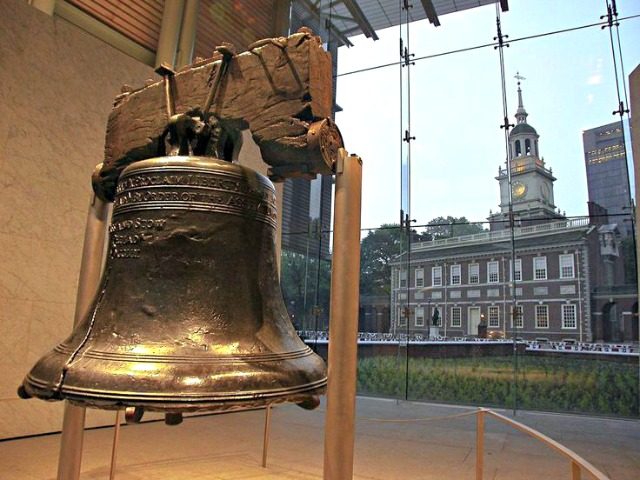Manufacturing in the Philadelphia area expanded only marginally in May, slowing to nearly stall speed with the weakest growth in two years, a survey from the Federal Reserve Bank of Philadelphia showed Thursday.
The index for current general activity of the Business Outlook Survey plunged to 2.6 in May from 17.6 in April, the lowest reading since May 2020. Economists polled by Econoday had forecast a reading of 16.1.
The steep decline in the index appeared to confirm worries of a slowdown in the manufacturing sector indicated in a similar survey by the New York Fed released Monday. The “Empire State” index plunged from a reading of 24.6 in April to negative 11 in May, indicating a contraction in activity.
The survey covers manufacturing firms in the Third Federal Reserve District, which includes eastern Pennsylvania, southern New Jersey, and Delaware. A reading above zero indicates that activity expanded over the month.
Fifty-seven percent of firms polled in the area reported no change in current activity. Twenty-two percent reported more activity while 20 percent indicated a decline.
The indicators of demand were positive, indicating strength. The new orders index climbed to 22.1 in May from 17.8. The shipments index rose to 35.3 from 19.1 in April.
The index of delivery times notched down from 17.9 to 17.5, indicating that supply chain constraints continue to plague manufacturers but are not getting worse. The indices of unfilled orders, however, rose to 17.9 from 5.7.
The employment index fell sharply to 25.5 from 41.4, a sign that firms in the area continued to add jobs but at a slower pace than in the previous month.
Inflationary pressures remain extremely high. The prices paid index moved down to 78.9 from 84.6. The prices received index fell to 51.7 from 55.0. A special question this month asked firms to estimate future price inflation. The estimate for prices a year from now moved up to 6.5 percent from 5.5 percent in the February survey, the last time this question was asked. The estimate for annual inflation over the next ten years moved up to 3.5 percent from three percent. These indicators show that inflation expectations have been shifted by the persistently high inflation this year.
The hours worked and headcount gauges both declined compared with the previous month, indicating that payrolls and hours rose at a slower pace this month. This could reflect the difficulty many businesses say they have in hiring workers amid very low levels of unemployment. There are nearly twice as many job openings nationally as unemployed people, the highest job vacancy ratio ever recorded.
The outlook for the future dimmed. The index for future general activity slipped down to 2.5 in May from 8.2 in April, the lowest reading in more than 13 years. The future new orders increased, reflecting expectations that demand will remain high. But expectations for employment and capital spending fell. The expectations indexes for unfilled orders and delivery times showed both are forecast to decrease, indicating that firms expect relief from supply chain constraints.

COMMENTS
Please let us know if you're having issues with commenting.